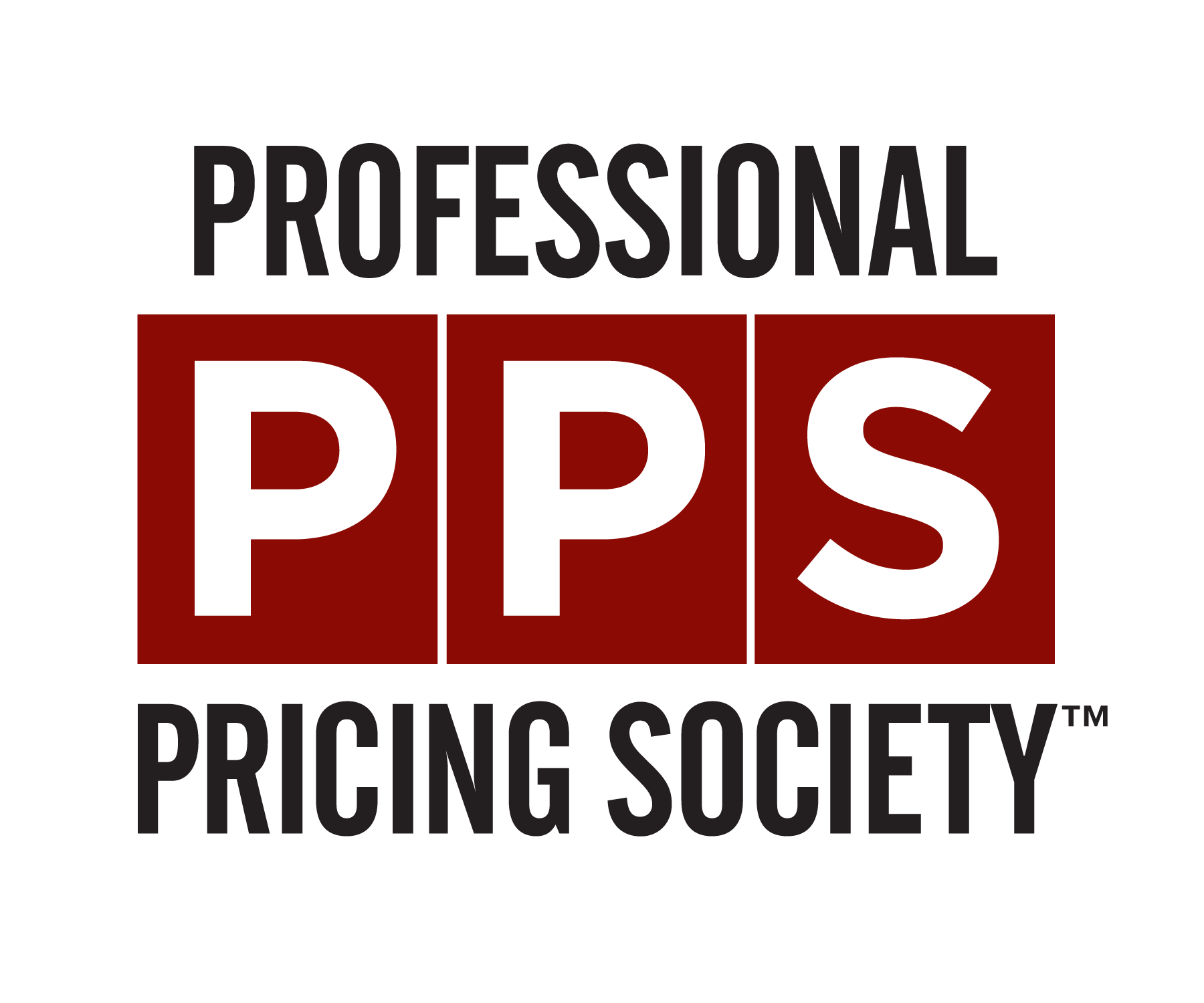
What does it mean to apply the 80/20 rule to pricing segmentation?
Paul Hunt, Chairman of Pricing Solutions, and PPS faculty, recently shared a Blog and Keynote on this principle, including the core tenants, why 80/20 is so impactful, and how to apply 80/20 with value-based pricing to your business.
The 80 /20 business model is not just about squeezing out the complex customers/product lines that only makeup 20% of your revenue. It is also about extracting more value out of those who make up the critical 80% with value-based pricing strategies.
A Layered and Streamlined Approach to Pricing
Is there such a thing as selling too many products or having too many customers? The resounding answer is ‘yes’! Many successful industrial manufacturing companies have proven it by using the 80/20 process developed and refined at Illinois Tool Works.
80/20 is a proven methodology for reducing complexity, which decreases costs and dramatically improves profits, but there is one area that 80/20 does not do a great job of addressing and that is pricing. For this reason, pricing is a major opportunity for companies using the 80/20 process to increase revenue and price effectiveness.
First, let’s briefly review what the 80/20 process is and how it works.
80/20 is a process of sorting products and customers into two categories: those in the “80” category comprise 80 percent of the company’s revenue. Those in the “20” category include the remaining 20 percent of the company’s revenue.
Read the full post HERE.
Don't want to read? Check out this You Tube Teaser about applying the 80/20 rule to Pricing Segmentation:

Comments